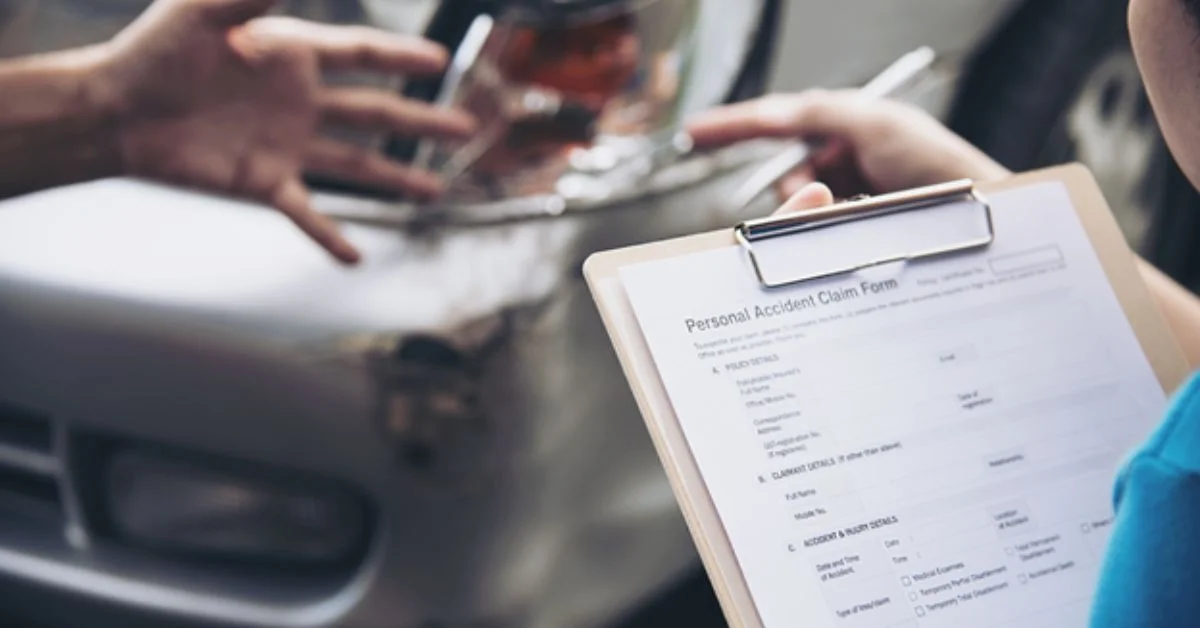When it comes to car accidents, Bergen County stands out as one of New Jersey’s busiest regions. With its dense population, busy highways like the Garden State Parkway and Route 17, and frequent commuter traffic into New York City, accidents are unfortunately common.
Whether you’re navigating through Hackensack or Paramus, even a minor collision can lead to significant financial and emotional hardships.
If you’ve been involved in a car accident in Bergen County, one of the most critical aspects of your claim is proving damages. This process often requires the guidance of a skilled professional, such as a car accident lawyer in Bergen County, who can help establish the financial, physical, and emotional toll the accident has had on your life. From medical bills to lost wages, demonstrating the extent of your losses is key to securing fair compensation.
In this guide, we’ll explore the concept of damages in a car accident claim and highlight some essential considerations for proving them. Whether you’re a driver, passenger, or pedestrian involved in an accident, understanding the role of damages is crucial to protecting your rights and getting the compensation you deserve.
Types of Damages
Before we dive into how to prove damages, let’s clarify what exactly they are. In simple terms, damages refer to the losses that a person incurs as a result of someone else’s actions. In car accident cases, these losses typically fall into three categories: economic, non-economic, and punitive.
Economic Damages
Economic damages are tangible losses that have a specific monetary value. These include:
- Medical expenses: Any costs associated with treating injuries sustained in the accident, such as hospital bills, doctor’s visits, surgeries, medications, and rehabilitation.
- Property damage: The cost of repairing or replacing your vehicle or any other damaged property.
- Lost wages: If the accident caused you to miss work or rendered you unable to return to your job temporarily or permanently, you may be entitled to compensation for lost income. This can include future earning potential as well.
- Other out-of-pocket expenses: This category includes any other financial losses directly related to the accident, such as transportation costs to and from medical appointments or home modifications for disabilities caused by the accident.
Non-economic Damages
Non-economic damages refer to intangible losses that don’t have a specific monetary value but still impact your quality of life. These include:
- Pain and suffering: Physical pain, discomfort, and emotional distress resulting from the accident.
- Mental anguish: Psychological effects like anxiety, depression, post-traumatic stress disorder (PTSD), or loss of enjoyment of life due to injuries sustained in the accident.
- Loss of consortium: Compensation for the impact of your injuries on your relationships with family members or a spouse.
Punitive Damages
Punitive damages are less common and typically only awarded in cases where the defendant’s actions were particularly reckless or malicious. These damages are intended to punish the responsible party rather than compensate the victim and must be proven by clear and convincing evidence.
In New Jersey, punitive damages are capped at five times the compensatory damages awarded or $350,000, whichever is greater. However, this cap does not apply in cases where the defendant acted with fraud, malice, or willful misconduct.
Proving Damages
The burden of proof for damages in a car accident claim typically falls on the person seeking compensation, known as the plaintiff. To successfully prove damages, you must provide evidence that establishes the following:
- The extent of your injuries: This may include medical records, doctor’s reports, X-rays and scans, physical therapy notes, expert testimony, and other documentation.
- The severity of your injuries: Medical evidence can also be used to demonstrate how your injuries have impacted your life, such as the need for ongoing treatment or the inability to return to work.
- The direct link between the accident and your injuries: It’s crucial to establish a causal relationship between the car accident and your losses. This may involve providing evidence like police reports, witness statements, photos of the scene, and expert analysis.
It’s essential to note that damages can vary significantly from one case to another. While some accidents may result in minor injuries with minimal economic losses, others can cause severe physical harm and long-term emotional trauma.
It’s crucial to work with a skilled car accident lawyer who can help you accurately assess and document your damages to ensure you receive fair compensation.
How a Car Accident Lawyer Can Help
Proving damages in a car accident claim can be complex and involve various legal and medical considerations. A knowledgeable car accident lawyer can offer valuable guidance and support throughout the process, including:
- Gathering evidence: Your lawyer can help you collect all necessary documentation to establish your damages, including medical records, employment and financial records, and expert testimony.
- Calculating damages: An experienced attorney will know how to accurately assess the full extent of your losses, including future expenses like ongoing medical treatment or lost earning potential.
- Negotiating with insurance companies: Insurance companies often try to minimize payouts by disputing the severity or cause of injuries. Your lawyer can ensure you receive fair compensation for your damages.
- Representing you in court: If a settlement cannot be reached, your lawyer can take your case to trial and present evidence to prove the extent of your damages.
Understanding the types of damages and how to prove them is critical in securing the compensation you deserve after a car accident. Make sure to work with an experienced car accident lawyer who can help you navigate this complex process and ensure your rights are protected.
If you find this article helpful, click here for more.









